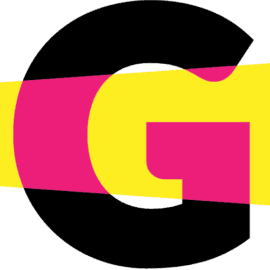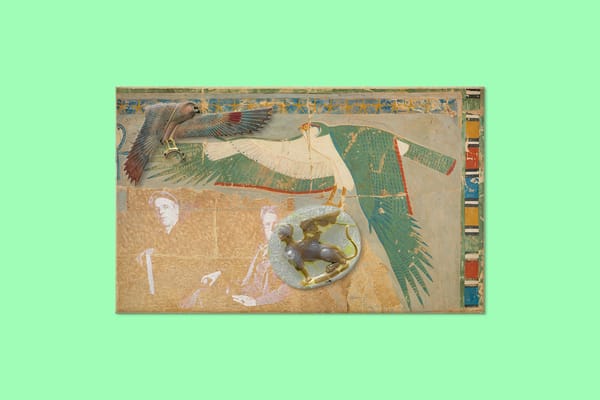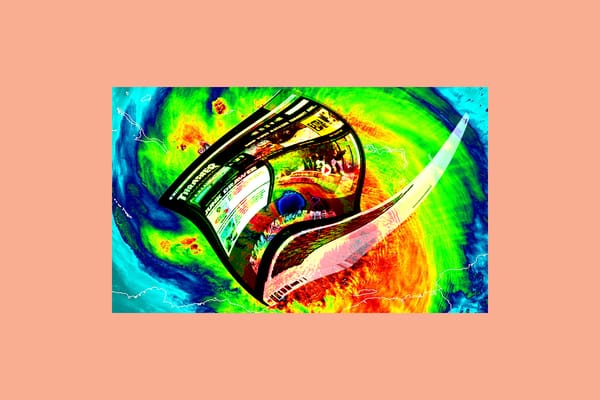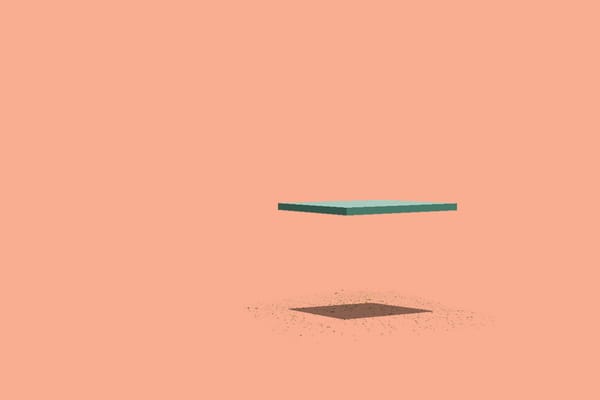Seeking help from molluscs
Titillating roster goss, Mike Arnold is playing games, Distinctly Generated Kontent, Eetu Toropainen is centimetres away, and more.

The definitive weekly ranking and analysis of all the skateboarding and other things online that I cannot stop consuming and how it makes me feel, personally.

Titillating roster goss
Rank: 1
Mood: 🗣️👂🗣️👂
Considering the incredible amount of skateboarding content we've been blessed/cursed with over this last half-decade, it is odd that we don't get as much titillating backroom gossip and news around brand roster additions, removals, and the like, related to the skateboarders who star in that media. Skater A jumping ship to brand B used to be a more regular, buzzworthy occurrence. That has been the hook of some of the industry's most memorable marketing campaigns.
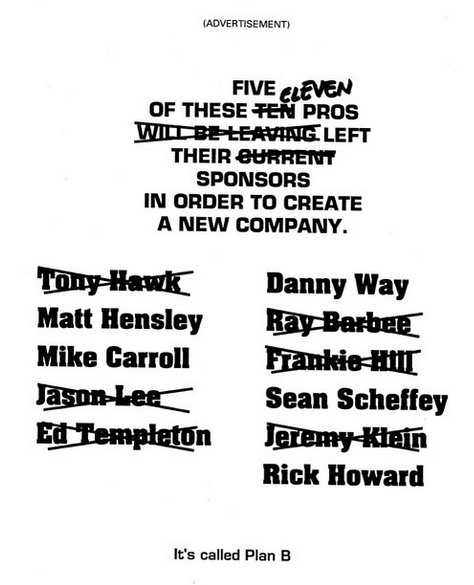
Those moves still happen, of course, but don't tend to gain traction as news items like they once did. It's unclear if that's due to the seemingly precarious state of the industry and the limited amount of (paying) brands for skateboarders to court and be courted by, the dilution of the individual's star power thanks to social media's flattening dominance and traditional media's decline and fracture, or if we've just become less interested in PRO and AM's brand affiliations.
Whatever the case, these are still newsworthy events, especially when you get a handful in close succession, like we have recently.
On Saturday, Simon Bannerot was officially welcomed to the ASICS team with a typically good edit for the company that has, at least outwardly, invested heavily in its foray into the skateboarding market.
When asked in a 2017 Thrasher interview if he could see himself riding for a "big mainstream shoe company," Bannerot said, "No, hell no. I wouldn’t do that. I don’t think so. If anything, if it comes to that type of shit, I’d probably just skate for fun. There’s already so many politics in this game, it just gets gnarlier when you go up to brands like that. It’s too much."
A lot has changed since 2017. At the time of the interview, Bannerot was just 18 years old and excited about riding for a "skater-owned" company. Lakai, his then-sponsor, has been bought and sold several times since. In fact, along with HUF, Lakai would be sold to TSI Holdings at the end of that year. Given the present reality of the industry, he's now found himself in good company.
That same day, Bannerot's board sponsor, Girl Skateboards, announced a new PRO team rider: Lil Dre. While it's still more than a lateral move after the demise of his former sponsor, Max Allure, it is somewhat surprising. Lil Dre, at least from this vantage, appears to have the juice. Does Girl?
Crailtap brands have struggled in recent years to keep their footing against "cooler" upstart board companies. That said, a series of recent moves, including Dougie George (finally) getting on Chocolate, a stellar showing with this summer's Splinter, and now the addition of Lil Dre, would lead one to believe they do have that juice — as long as you ignore his godawful introductory graphic.
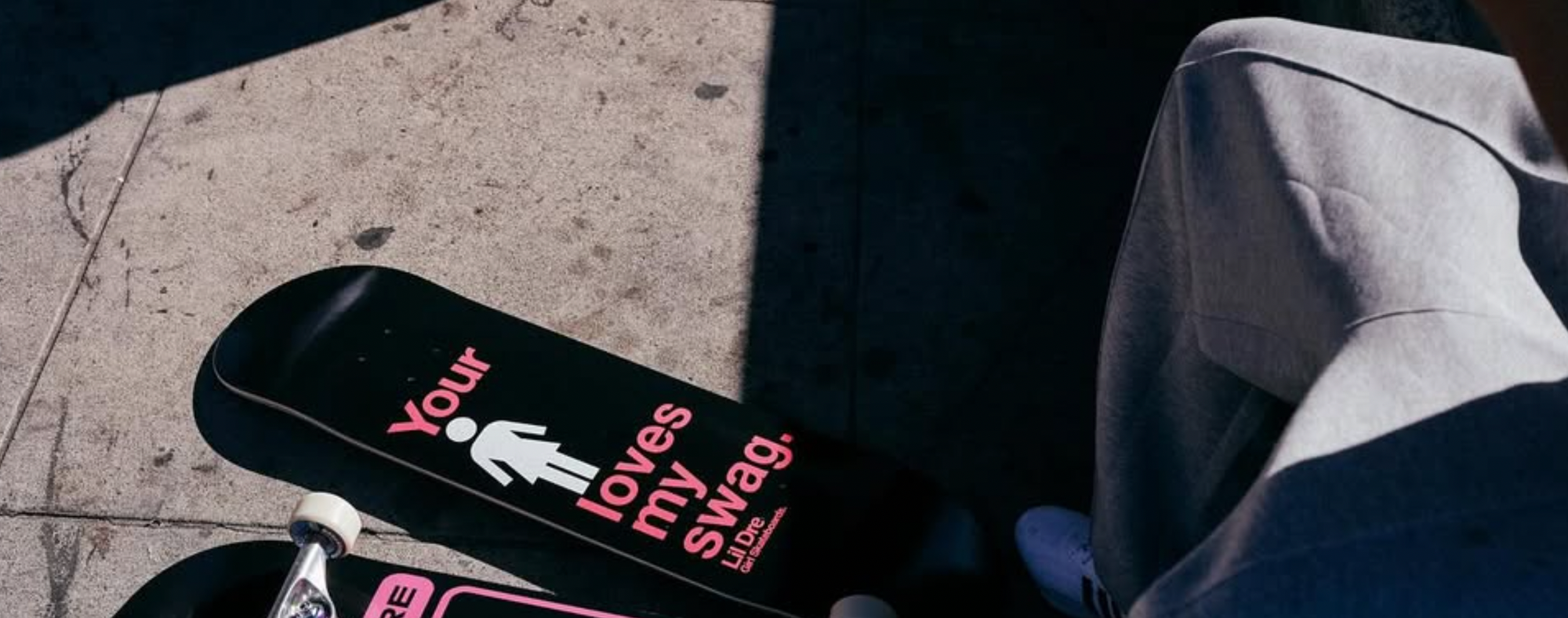
Then, on Monday, we got a decidedly low-profile roster update. While welcome videos and campaigns are the norm, it's rare for a skater to get or share more than a social media post when they leave a team, which is understandable. Mike Arnold confirmed the rumblings that he'd left EDGLRD Skate with a mere reply to a commentor on a video promoting his new adidas colourway.

Which is probably about as much as EDGLRD — the company that announced Eric Koston to the team via Instagram Story (among more nefarious things) — deserves, to be honest.
Titilating! Anyhow, about the Mike Arnold shoe...

Seeking help from molluscs
Rank: 4/50
Mood: 🐚
The engine of skateboarding's culture and conversation, for the most part, is driven by marketing. That's not a new sentiment shared or grappled with in this newsletter, which is about skateboarding, and by extension, marketing.
Almost every prominent skateboarder and touchstone we hold dear has been brought to us by means of what, at best, amounts to an advertorial. To be a professional skateboarder is to have your name turned into a marketing tool and slapped on a product with the goal of driving its purchase.
Ted Barrow touched on this relationship while in conversation with Sam Korman for Portable Gray last year.
And that’s the other thing, when you’re attempting skate criticism, very seldom are you attempting to write about something. Again, you attempt to evoke Barthes’s Mythologies, and Mythologies is totally correct because we are describing skate videos and video parts and internet clips, and maybe even photos published in magazines, all of which were produced for the purpose of advertising and promotion. So we’re not actually talking about that cool ineffable thing. We try to get to describing that cool ineffable thing that skateboarding [is] and nothing else but [what] skateboarding is, but we’re doing so through the base language of commercials.
These ads, while capturing skateboarding, create a separation from the individual act, which is that cool ineffable thing. The communal conversation around a video can touch on that cool ineffable thing, but by design, unless you're viewing an independent production, that conversation will be predominantly expressed through that base language of commercials, meaning that when we judge the quality of skateboarding media — common fodder among skateboarders — we are also judging its efficacy as a marketing effort.
Effort is the keyword. It's one that I also use a lot in this newsletter. It can encompass style and craft, but is more so a reflection of the care, time, and work that went into a piece of media. A meaningful effort is what gets us closest to forgetting we're watching or talking about an ad. Because advertising can still contain artistry, say, like HUF's Box-Truck, but when a piece of advertising doesn't try hard enough to convince us that it's more than that, or worse (see the following section), why should the viewer care about the product and cultural representatives it's promoting?
Sometimes that effort requires thinking outside the (shoe)box. Are video games, an additional remove from the cool ineffable thing that is skateboarding, an effective way to promote a skateboarder, their skateboarding, and their signature product? The positive downstream effects on the careers of the skateboarders featured in Tony Hawk's Pro Skater would say so, though the cool and ineffable get lost in the gameplay. Vans released a shoe in Roblox to cringe and uncertain results. What about a bespoke video game built around a specific skateboarder and real-world product?
The sheer effort and, yes, artistry that went into the adidas-backed Spiral Piece should be enough to at least consider the question. The game, created by Jasper Golding, is dubbed a "Mike Arnold adventure," and sees players skate around a gonzo alternate-reality Lloyds, Arnold's preferred IRL skate spot in Bristol, England.
The purpose of the game is to promote Arnold's new adidas Handball Top colourway, and it is, in that way, succeeding by my typing out that sentence and you reading it. That's also the mission within the game itself, as players are meant to find the Handball Tops in-game, as virtual Arnold loses his after backside-noseblunting into the drink at virtual Lloyds, in an homage to his IRL self in 2017.

Within the droll fantasy of seeking help from penguins, molluscs, and turning into a seaweed creature while completing challenges in Spiral Piece, the player also gains more insight into and easter eggs related to Arnold, the real-life skater. From his history at Lloyds, his skating of "tyres," to the randomly cycling selection of Arnold's most well-trodden tricks that your character will automatically perform (360-flip, nollie-360, front-shove, backtail, backsmith, backside-noseblunt, etc.), you get a sense of who Arnold is as a skateboarder and as a person.

The gameplay in Spiral Piece is awkward and clunky (I played on an iPad), the pixelated graphic art is both charming and hard to decipher, and there are jokes of varying quality stuffed throughout, all of which is an endearing tribute to the action-adventure games of the late '90s and early '00s. And, most importantly for the purposes of a video game, it's fun.
Part advertisement, part art project, part athlete showcase, Spiral Piece explores the digital and interactive space in a far more compelling way than Arnold's former sponsor, EDGLRD Skate, has managed to do, despite that being their whole schtick. One with big-money investment from shady right-wing backers and noted auteur Harmony Korine as its creative lead.
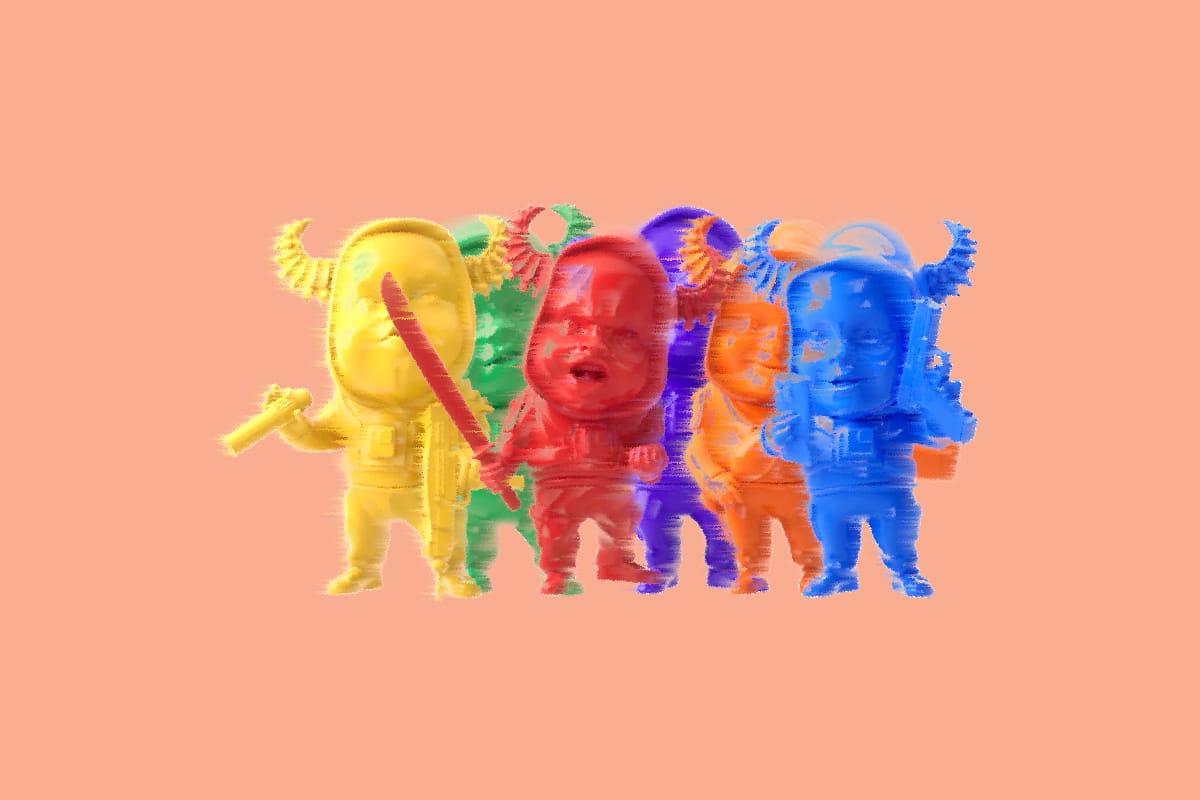
It's not unfair to be critical of Arnold for having been involved with that mess of a company. But now that he's left, he and Golding have made something akin to EDGLRD's antithesis: a digital vision of skateboarding that is outlandish yet enjoyable and digestible, what Barthes might call an "intelligible spectacle."

Distinctly Generated Kontent
Rank: -1997
Mood: 🫣
Via DGK Skateboards on Instagram
On Saturday, DGK Skateboards shared an AI-generated video across their social channels. The clip animates a series of photos featuring Stevie Williams and Josh Kalis shot by Mike Blabac and Ryan Gee, many of which are taken at Love Park in its heyday. Captioned "It’s More Than A Story," the post serves as a reminder of the historical import and heritage of these two massively influential skateboarders during one of the sport's defining eras.
Fair enough. But for someone like Williams, who is not afraid to call out perceived inauthenticity or lack of deference to intracultural legends like himself, including waging a one-sided flamewar to "protect the culture" against Eric Koston, Nike, and the marketing of the Air Max 95, which he felt didn't give him proper attribution, does this video not ring as similarly hollow? The Twitter version of DGK's post, which was roundly panned, has since been deleted, and didn't mention the work of Blabac and Gee at all. The Instagram version only added them later in the "tagged" feature, no direct credit given to the photographers who made their AI-generated slop video possible.
For Williams, does his wearing a certain sneaker in 1997 matter more than Blabac and Gee's work, work that has undoubtedly helped capture and cement Williams as the figure he is today? This could be construed as a silly gotcha in an age when creative work is taken and toyed with with glib abandon, but that's exactly the point. These issues of labour have become trivialized.
In the vast majority of use cases, generative AI tools erase the authors of the source material whose output it's based on. It flattens and relegates existing art to a trough of data that apps like Sora pull from, stripping it of meaning and record, bastardizing its original form, all so Williams can make a video celebrating himself.
That does track with Williams' resume these last few years. From selling digital real estate to NFTs, he's shown no hesitancy in leveraging (and risking) his legacy to sell his fans and friends utter garbage. "...Don't let your hard work get erased," Williams said to hypothetical future generations of skateboarders when explaining his beef with Nike and Koston to Complex.
That's good advice.

Measuring superstardom in metric
Rank: 1
Mood: 📏
It's not that we didn't know Eetu Toropainen was a talented skateboarder. That much was evident to anyone who has watched his entry and rise in the skateboarding industry, which started in earnest around 2021. The then-unknown Finn was paired with and seemingly taken under the wing of fellow countryman Jaakko Ojanen at Element Skateboards. The duo even shared a video part, where their distinct "spontaneity" was on display, as Element's Global Skateboarding Marketing Manager, Phil Zwijsen, once put it in Free.
Since then, Toropainen has delivered. Creative, animated by risk, and sneaky technical, he's shone in more offerings from Element and Nike SB, including closing the show in 7 Ball (2023) and bringing his talents stateside in Jacob Palumbo and Will Miles' red white and blue earlier this year.
Toropainen left Element in late 2023 for Pass~Port Skateboards, and nearly two years to the day later, he received the bump up to the PRO ranks, thanks to last week's phenomenal Pass~Port Presents Eetu Toropainen.
Again, it's not that Toropainen wasn't one of the most gifted skateboarders going, but he still felt, somehow, under the radar. If this world still works, he won't be anymore. From the edge of multi-storey rooftops to the edge of superstardom, Toropainen is centimetres away.
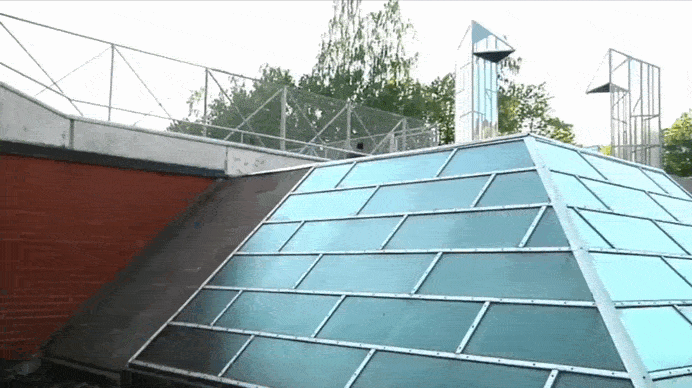

Something to consider:
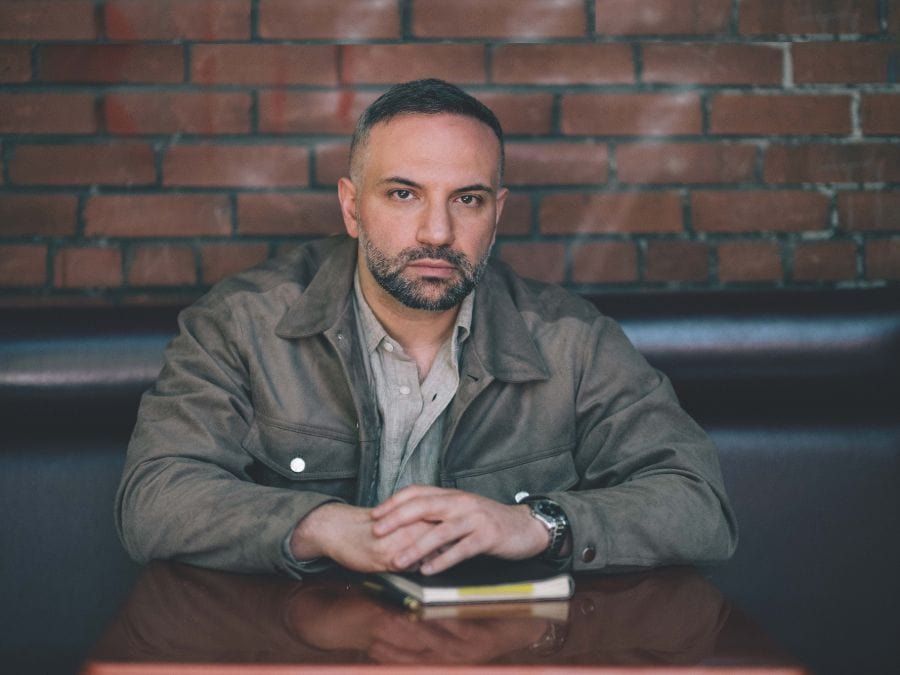
Good thing: My pal Kunsang Kyirong has been travelling the world with her debut feature film 100 Sunset, love to see it.
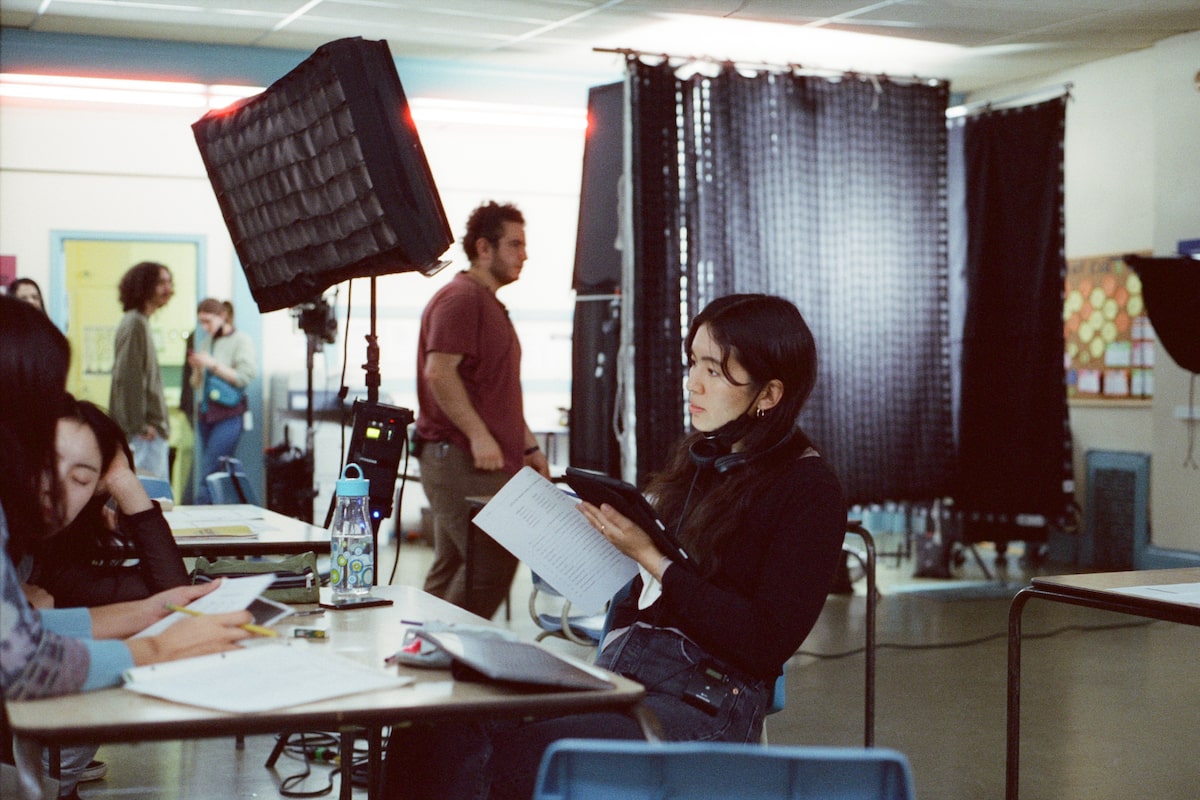
Another good thing: Hair really has been having a moment.
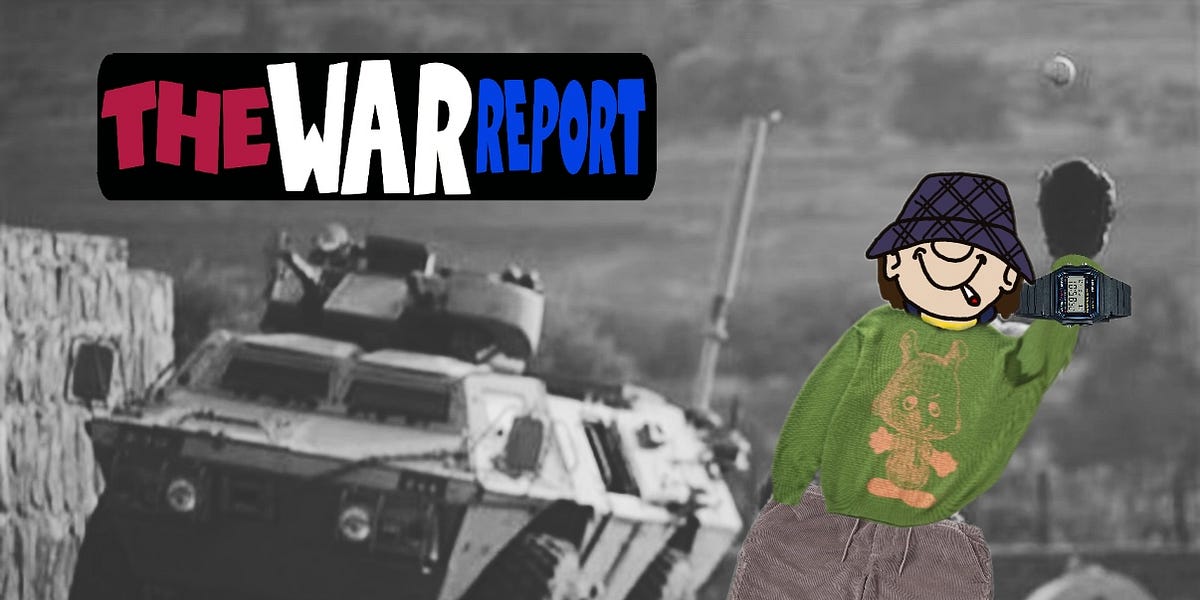
A good thing about a bad thing:
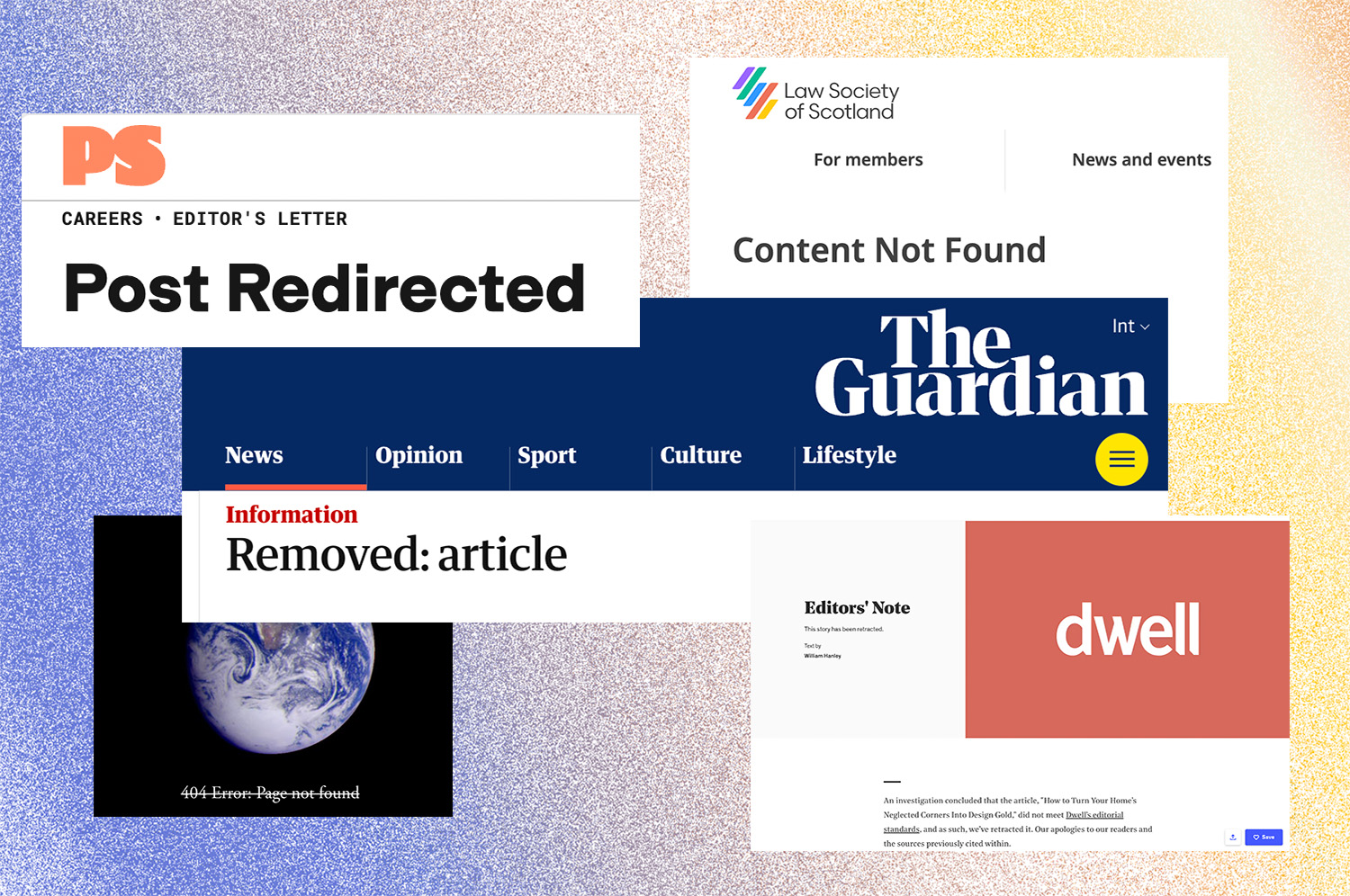
What doesn't private equity poison?

New pod alert:
An occasional swag reminder: There is still Simple Magic swag available for the 'sletter sickos out there.

Until next week… dig a little deeper. Deeper still. You'll know when you reach it.


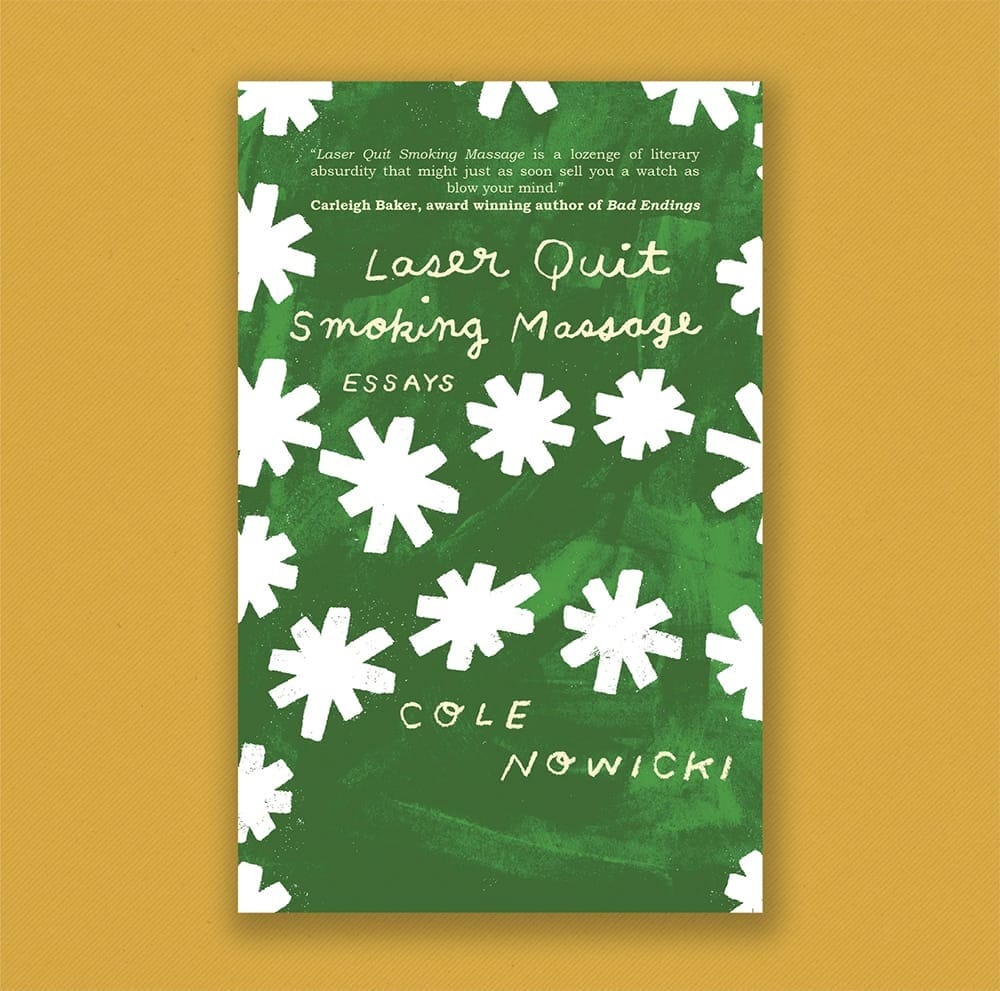
Laser Quit Smoking Massage
NEWEST PRESS
--------------------------------
A collection of essays that I think you might like. The Edmonton Journal called it a "local book set to make a mark in 2024," The CBC said it's "quirky yet insightful" (lol), and it won Trade Non-Fiction Book of the Year at the 2025 Alberta Book Publishing Awards.
Book cover by Hiller Goodspeed.
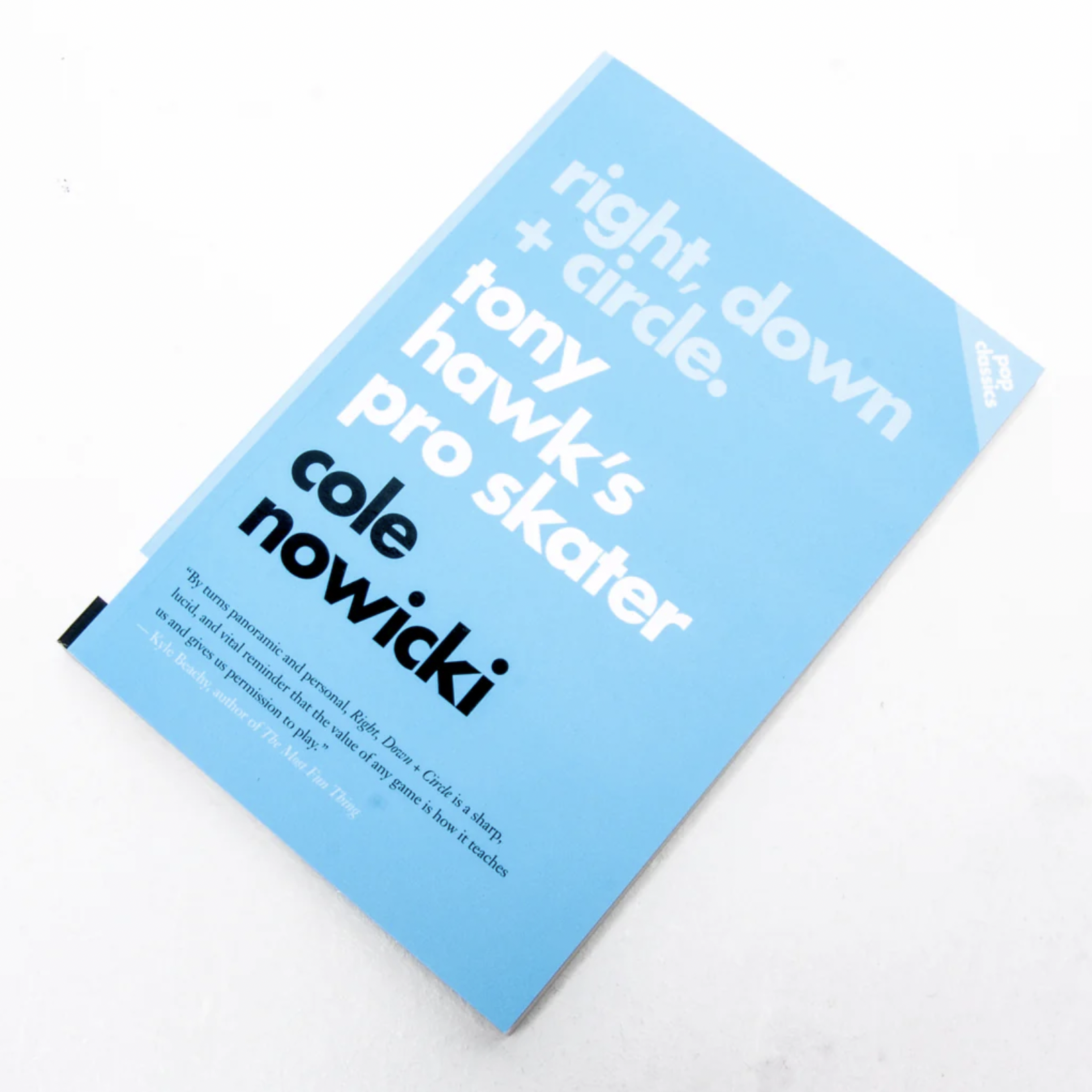
Right, Down + Circle
ECW PRESS
--------------------------------
I wrote a book about the history and cultural impact of Tony Hawk’s Pro Skater that you can find at your local bookshop or order online now. I think you might like this one, too.
Photo via The Palomino.



